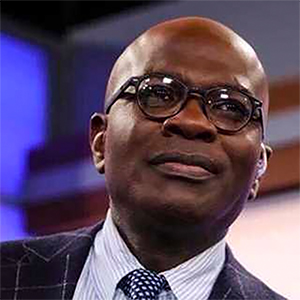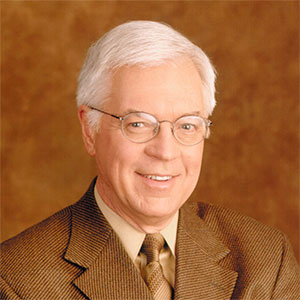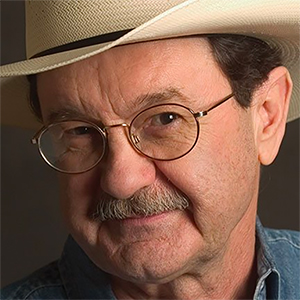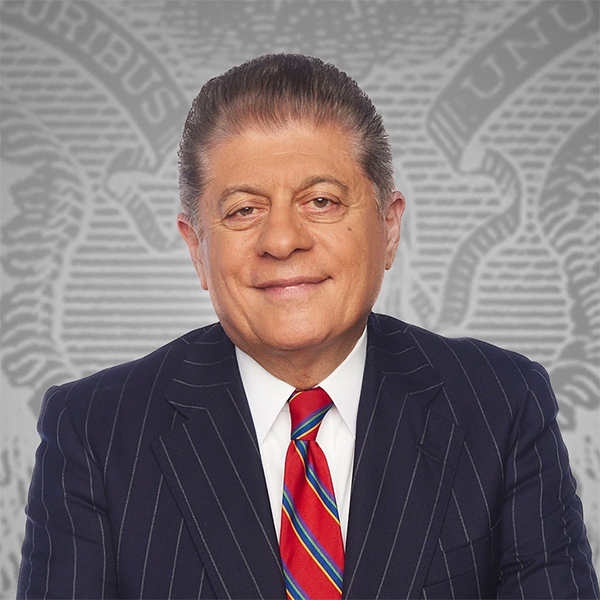David Fickling: BBQ gas is helping to cool a warming planet
Published in Op Eds
There are plenty of sophisticated materials that the world is counting on to limit global warming. Polysilicon for solar panels. Rare-earth magnets for wind turbines. Lithium for electric vehicle batteries. But propane?
Believe it or not, the fossil hydrocarbon — produced from oil and gas wells, and mostly used as a cooking and heating fuel for barbecues, boilers and domestic stoves — may help turn the tide on some of the most damaging greenhouse gases humans have ever produced. Isobutane, another popular BBQ fuel, has a similar role to play, as do ammonia and even carbon dioxide.
That’s because these chemicals are rapidly displacing the hydrofluorocarbons, or HFCs, circulating through billions of refrigerators and air conditioners installed around the world. The efforts are helping to eliminate as much as 0.4 degrees Celsius of global warming, getting us a big chunk of the way toward a goal of staying below 2 degrees of heating.
To understand why, it’s necessary to look at the guts of heat pumps, the machines that help refrigerators and air conditioners cool things down. In the same way that a boiler heats water in a pipe before delivering it to your taps, heat pumps use sealed tubes filled with specialized refrigerant gases to shift thermal energy around — cooling a room and dumping the excess heat outside, for instance.
HFCs are non-toxic and remarkably efficient, but they have a huge downside: If they escape when an appliance is serviced or junked, they become devastatingly potent greenhouse gases. Freon, the standard refrigerant until it was banned from the 1990s due to its damaging effect on the ozone layer, has 11,200 times the warming effect of carbon dioxide. The most common replacement, known as R-134a, is still 1,430 times as damaging as CO2.
As a result, they’ve been some of the worst culprits among all greenhouse pollutants in recent years. Emissions of CO2, methane and nitrous oxide have increased by about 9% over the past decade — but those of fluorinated gases like HFCs are up by nearly half. Production volumes are tiny (global trade in R-134a, for instance, is about 180,000 metric tons, roughly enough to fill a single LNG tanker.) They’re so potent, however, that they’re responsible for some 12% of the increase in greenhouses gases since 2019.
That’s where propane, ammonia and CO2 come in. A widening array of national-level regulations, prompted by the United Nations-backed Kigali Amendment on HFCs, are gradually pushing hydrofluorocarbons out of the market.
In domestic refrigerators, HFCs have almost been eliminated in favor of isobutane. Those in supermarkets and convenience stores are shifting to ammonia and carbon dioxide, with CO2 alone comprising 30% of the market in Europe and 16% in Japan. Air conditioning is rapidly switching to carbon dioxide and propane in the European Union.
Manufacturers are also working to synthesize new fluorinated gases with similar chemical properties but without the effect on warming. R-1234yf, which warms the atmosphere less than CO2, has become the standard for vehicle air-con and refrigerated shipping containers. R-454C is being pushed by air conditioner manufacturer Daikin Industries Ltd. as an alternative for that sector. Both may end up being banned in the EU under pending regulation of “forever chemicals,” further accelerating the push toward propane, ammonia, carbon dioxide and the like.
Because HFCs are a relatively small, nerdy corner of the climate world, they’re much less subject to the sort of culture war battles that affect fossil fuels. The Kigali Amendment is the only international climate treaty ratified by the US Congress in decades, and even the fanatical deregulation carried out earlier this year by President Donald Trump’s Environmental Protection Agency only proposed modest delays to EU-style rules passed under the Biden administration.
That’s keeping us on track to eliminate the problem, in contrast to the backsliding we’ve seen with other greenhouse gases. Developed countries are comfortably beating their targets under the Kigali Amendment. China capped its output of HFCs on schedule last year and is already cutting usage, with India set to follow along with almost all other developing countries in 2028.
There will be a huge increase in cooling demand over the coming decades, as households and data centers install air conditioners to cope with a warming planet. Replacing HFCs, though, provides hundred- or thousand-fold improvements in greenhouse damage. On net, the world will be far better off.
That’s a sign of the progress we can make, if only we set our minds to it. The Antarctic ozone hole, whose discovery in the 1980s prompted the rise of HFCs to replace more ozone-damaging chemicals, is now healing, and may disappear altogether by 2066. You might not notice it from the two-steps-forward, one-step-back diplomacy on display at the COP30 climate conference in Brazil right now. But our success on HFCs is proof that global environmental treaties can still work.
____
This column reflects the personal views of the author and does not necessarily reflect the opinion of the editorial board or Bloomberg LP and its owners.
David Fickling is a Bloomberg Opinion columnist covering climate change and energy. Previously, he worked for Bloomberg News, the Wall Street Journal and the Financial Times.
©2025 Bloomberg L.P. Visit bloomberg.com/opinion. Distributed by Tribune Content Agency, LLC.
























































Comments